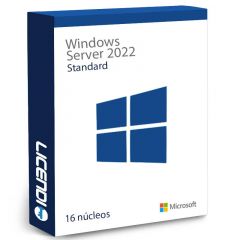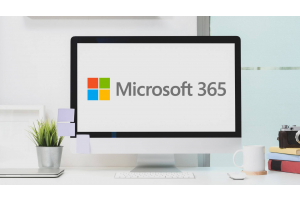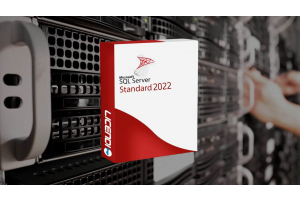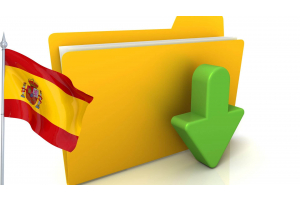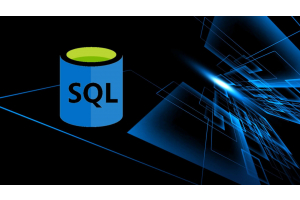Microsoft Windows Server 2008: Still useful or Relic of the Past?
In a technological universe that is advancing by leaps and bounds, it is natural to question the validity of technologies that, although they were once cutting-edge, today may seem archaic. This is the case of Microsoft Windows Server 2008, a system that marked a before and after in server management, but which now faces the test of time: is it still a valuable tool for companies or has it been relegated to a mere memory of past innovation? Join us on this journey where we unveil the current reality of this server and its place in the modern technological ecosystem.
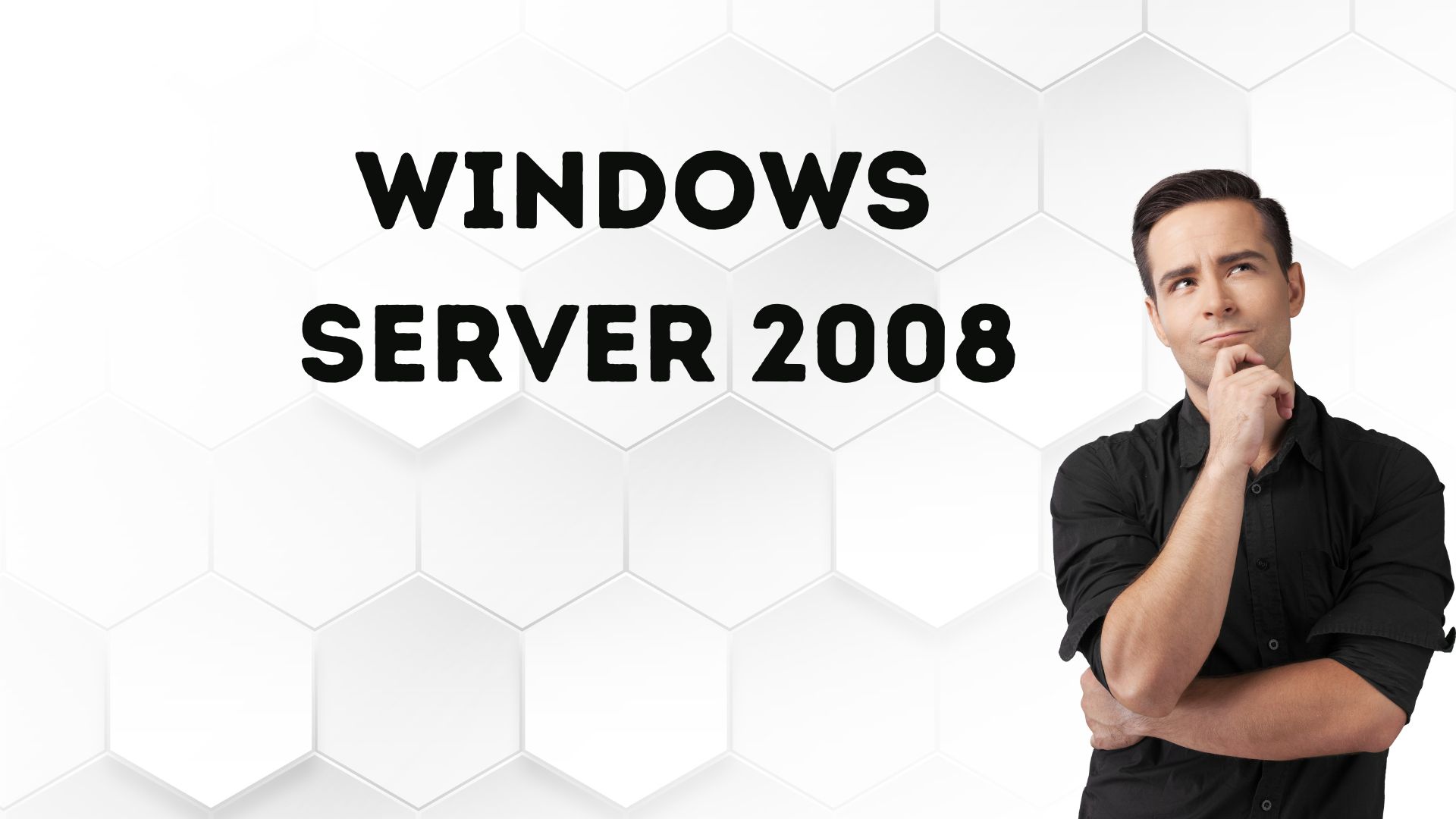

The Windows Server 2008 Era Microsoft
Released in February 2008, Windows Server 2008 promised to transform the management of networks, applications and web services, introducing significant improvements in security, performance and reliability. Its adoption was massive, quickly becoming the backbone of many IT infrastructures around the world.
What Made It So Special?
Enhanced Security. Introduced innovative features such as Dynamic Access Control and Read-Only Domain Controller, taking enterprise network security to a new level.
Virtualisation Management. With Hyper-V, Windows Server 2008 Microsoft was ahead of its time, enabling businesses to efficiently create and manage virtual environments.
Performance Improvements. Significant optimisations in memory and processor management ensured that business-critical applications ran more smoothly and reliably.
The Current Situation: Obsolete or Still Relevant?
Despite technological advances and the release of new server versions, there are companies that are still running Windows Server 2008. This begs the question: Why would they choose to keep technology that is more than a decade old?
Reasons for Permanence
Software Specialisation. Business-critical applications developed specifically for this environment, the migration of which represents a risk or high cost.
Budgetary constraints. Upgrading to newer systems involves not only the purchase of licenses, but also possible hardware upgrades and staff training.
Stability and Reliability. A system that has been debugged over the years, offering a stability that companies value, especially those that prioritise continuity over innovation.
Challenges and Considerations
End of Support. Microsoft ended standard support for Windows Server 2008 in January 2015 and extended support in January 2020, which means no new security updates, leaving systems vulnerable.
Compatibility. New applications and software are designed for newer operating systems, which could limit the functionality and efficiency of Windows Server 2008-based operations.
Looking to the Future: Migration and Modernisation
Given the challenges presented, it is vital for organisations to contemplate the migration and modernisation of their systems. Microsoft and other vendors offer tools and services that facilitate this process, ensuring a smooth transition to more modern and secure platforms such as Windows Server 2019 or cloud solutions such as Azure.
Advantages of Upgrading
Security Enhancements. The latest versions offer better defences against cyber-attacks and vulnerabilities.
Increased Efficiency and Performance. Optimisations in the use of resources that allow applications to run faster and more stably.
Innovation. Access to new virtualisation technologies, data management and cloud services, opening doors to digital transformation.
An excellent choice for organisations looking to move forward is Windows Server 2022, the latest in Microsoft's line of server solutions, offering significant innovations in security, performance, and data and application management capabilities. You can buy Windows Server 2022 through our shop, Licendi, at competitive prices.
Assessing the Way Forward
Windows Server 2008 Microsoft has undoubtedly left an indelible mark on the world of server technology. However, in an era defined by constant innovation and evolving security threats, remaining on outdated systems can represent a significant risk to organisations. The decision to migrate or upgrade should be based on a careful assessment of the costs, benefits and associated risks, with an eye to the future and the ability to adapt to an ever-changing technology environment.
Ultimately, while Windows Server 2008 may still have its niche in certain specialised contexts, the general direction for most enterprises should be towards modernisation and the adoption of technologies that offer greater security, efficiency and innovativeness.
